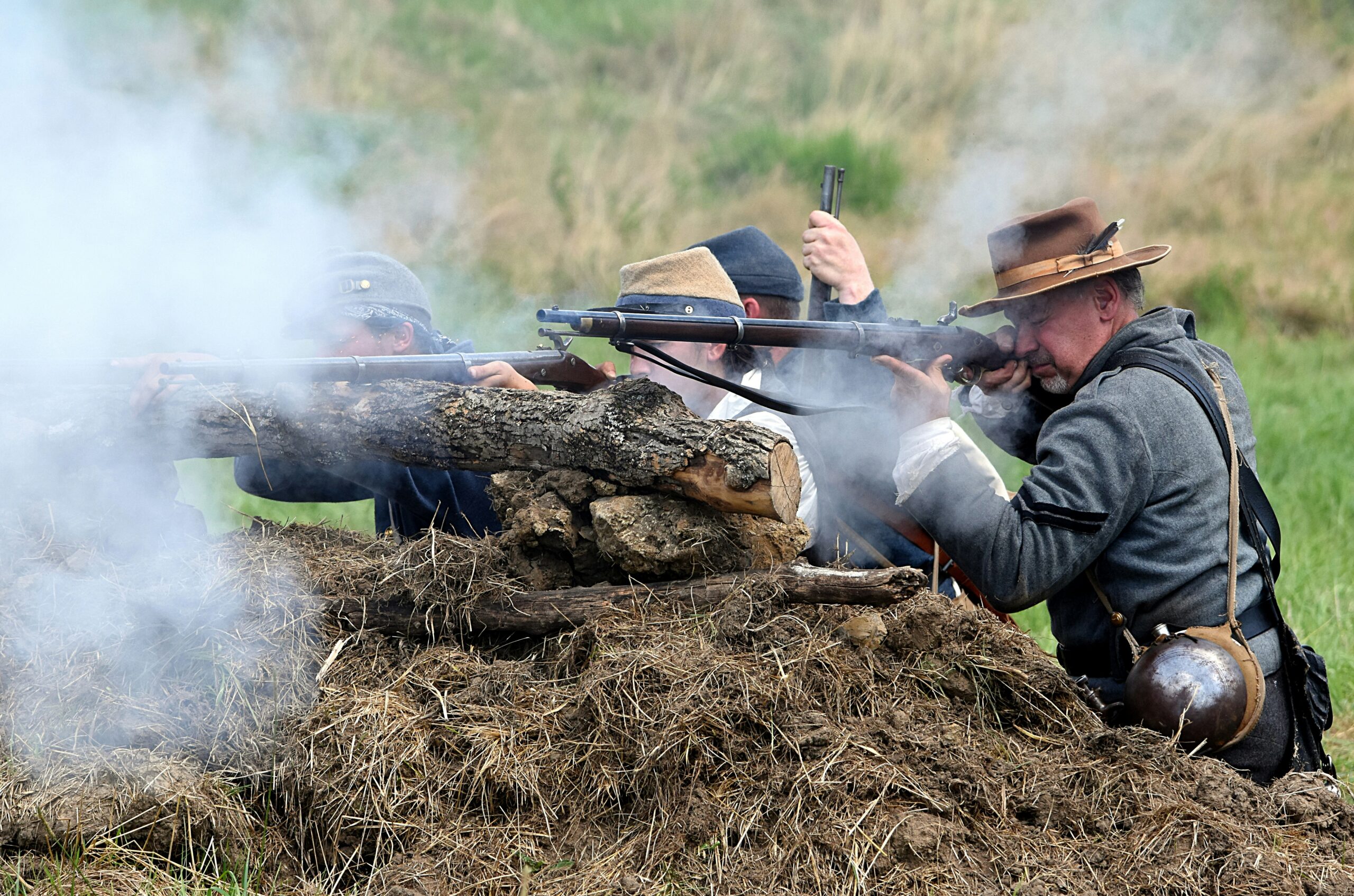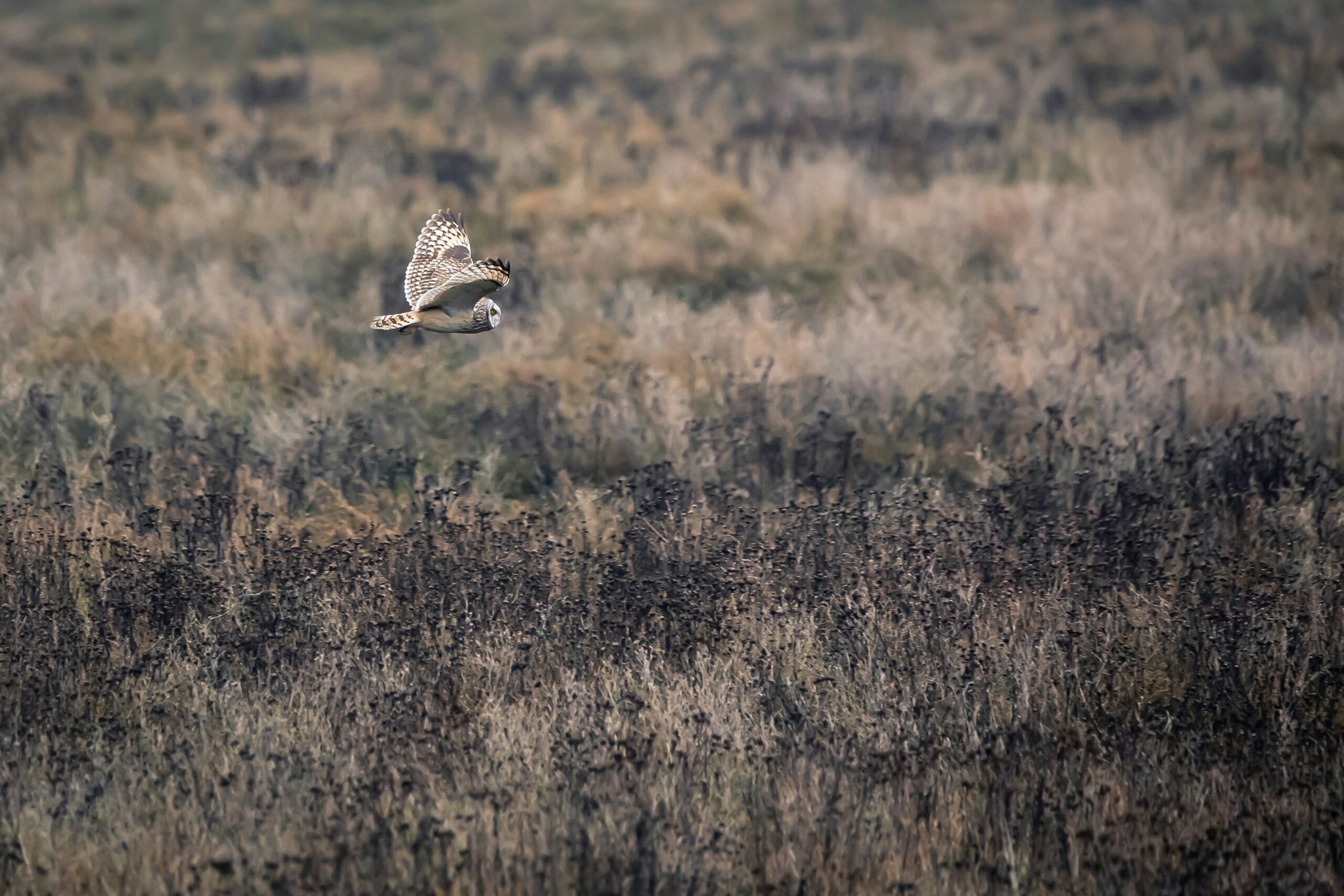If you’ve ever wondered how hunting optics work, you’re in the right place. In this article, we’ll explore the inner workings of hunting optics and unravel the mysteries behind their effectiveness. From binoculars to rifle scopes, we’ll delve into the fascinating world of these essential tools for hunters. So, whether you’re a seasoned hunter or just curious about the mechanics behind these devices, prepare to be enlightened about how hunting optics work.

Understanding Hunting Optics
What are hunting optics?
Hunting optics refer to a range of specialized optical instruments designed for hunters to enhance their hunting experience. These instruments include riflescopes, binoculars, spotting scopes, rangefinders, night vision optics, and thermal optics. By using hunting optics, hunters can improve their accuracy, target acquisition, and overall situational awareness in the field.
Different types of hunting optics
-
Riflescopes: Riflescopes are specifically designed for use with firearms, such as rifles and shotguns. They provide magnification to help hunters clearly see and aim at their targets. Riflescopes often have adjustable magnification settings, allowing hunters to zoom in on their targets for more precise shots.
-
Binoculars: Binoculars are handheld optical devices that provide a magnified view of distant objects. They are commonly used by hunters to scout for game, observe their surroundings, and assess potential hunting areas. Binoculars have two eyepieces and can provide a 3D perception of the viewing field.
-
Spotting scopes: Spotting scopes are similar to binoculars but offer higher magnification and are mounted on a tripod for stability. Hunters use spotting scopes to scout for game from a distance, identify specific details, and evaluate the trophy potential of a target before making a move. Spotting scopes often have interchangeable eyepieces to adjust the level of magnification.
-
Rangefinders: Rangefinders are essential tools for hunters, enabling them to accurately measure the distance between themselves and their target. Rangefinders use laser technology to determine the exact distance, allowing hunters to make precise adjustments for bullet drop or arrow trajectory. They are particularly useful for long-range shooting.
-
Night vision optics: Night vision optics, as the name suggests, provide visibility in low-light or nighttime conditions. By amplifying ambient light or using infrared illumination, night vision optics allow hunters to see clearly in the dark. They are especially beneficial for nocturnal hunts, increasing the hunter’s chances of success.
-
Thermal optics: Thermal optics detect thermal energy emitted by living organisms, enabling hunters to see their prey even in complete darkness or through dense vegetation. These optics produce a thermal image or heat map, allowing hunters to spot animals based on their body heat. Thermal optics are highly effective for tracking game and scouting in challenging environments.
Primary functions of hunting optics
Hunting optics serve several primary functions that aid hunters in their pursuit:
-
Magnification: One of the most crucial functions of hunting optics is to provide magnification, allowing hunters to see distant targets more clearly. Whether it’s a riflescope, binoculars, or spotting scope, the ability to zoom in on game significantly improves accuracy and target identification.
-
Target acquisition: Optics aid in identifying and acquiring targets quickly and accurately. By providing a clear and magnified view, hunters can spot game that would otherwise go unnoticed, increasing their chances of a successful hunt.
-
Accuracy and precision: Hunting optics help hunters achieve greater accuracy and precision in their shots. By providing a clear view of the target, hunters can more effectively aim and make adjustments for bullet drop, windage, and trajectory.
-
Situational awareness: Optics allow hunters to assess their surroundings and environment, improving their overall situational awareness. This includes identifying potential obstacles, spotting other animals or hunters in the vicinity, and evaluating the trophy potential of a target.
Hunting optics enhance a hunter’s abilities and facilitate a more effective and enjoyable hunting experience. Understanding the science behind optics is essential in comprehending how these instruments work and how to make the most of them in the field.
Science Behind Optics
Light and lenses
The foundation of optics lies in the behavior of light and the utilization of lenses to manipulate it. Light travels in straight lines unless it encounters an obstacle or passes through a medium of different optical density. When light passes through a lens, it undergoes refraction, bending its path due to the varying curvature of the lens surface.
Concept of refraction
Refraction occurs because light travels at different speeds through different mediums. When light passes from one medium to another, such as from air to glass, it changes direction based on the angle of incidence and the refractive index of the materials involved. Lenses are carefully designed to exploit this behavior to bend and focus light, allowing for magnification and image formation.
Magnification principle
The principle of magnification is based on the fact that lenses can converge or diverge light rays, altering their direction and focusing them at specific distances. By using lenses with suitable shapes, hunting optics can magnify distant objects, making them appear larger and clearer. The higher the magnification power, the closer the image appears and the more detail can be observed.
Understanding the science behind optics helps hunters appreciate the capabilities and limitations of the various optical instruments they use in the field. By delving into the components of hunting optics, we can further grasp how they function and contribute to a successful hunt.

Components of Hunting Optics
Objective lens
The objective lens is the primary lens at the front of hunting optics, responsible for gathering incoming light and transmitting it to the rest of the optical system. It determines the amount of light entering the device and plays a crucial role in determining the brightness and clarity of the image. Larger objective lenses allow more light transmission, leading to brighter images, especially in low-light conditions.
Eyepiece or Ocular lens
The eyepiece, also known as the ocular lens, is the lens closest to the viewer’s eye. Its primary purpose is to magnify the focused image formed by the objective lens. While the objective lens controls the initial light collection, the eyepiece focuses and magnifies that image, allowing the viewer to see it in greater detail.
Focus system
The focus system of hunting optics controls the sharpness and clarity of the viewed image. It allows hunters to adjust the focus to match their eyesight and the distance to the target. Most hunting optics feature a focus wheel or knob that moves the lenses within the system, altering the convergence or divergence of light rays to achieve optimal focus.
Magnification adjuster
The magnification adjuster, found in riflescopes and some spotting scopes, allows hunters to change the level of magnification. It enables hunters to zoom in or out, adjusting the apparent size of the target. This feature is especially useful when assessing distant game or making precision shots at varying distances.

